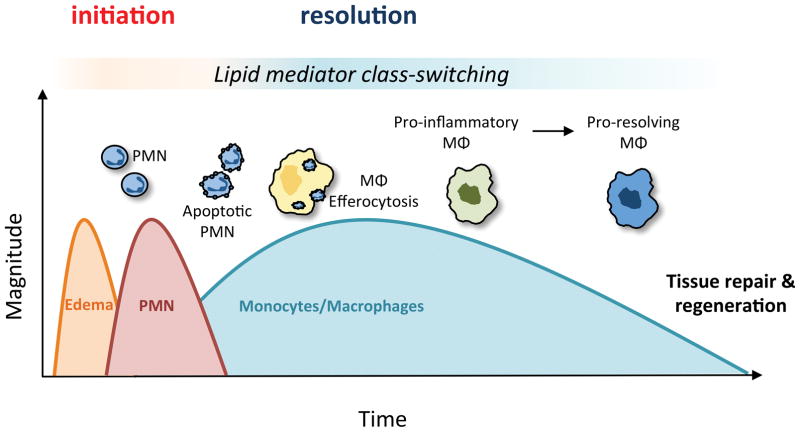Figure 1. The coordinated temporal events of self-limited acute inflammation.
The ideal outcome of an acute inflammatory response is complete resolution. The inflammatory response can be divided into two general phases: initiation and resolution. Critical to progressing from initiation to resolution is the temporal switch in lipid mediators that are biosynthesized by leukocytes in the tissue; a process known as lipid mediator class switching. The earliest stage of the inflammatory response is marked by tissue edema due to increased blood flow and microvascular permeability and is mediated by the release of pro-inflammatory lipid mediators including the cysteinyl leukotrienes and prostaglandins. Polymorphonuclear neutrophils (PMN) infiltrate in response to lipid mediators including leukotriene B4 and engulf and degrade pathogens. Subsequently, PMN undergo apoptosis and also switch from releasing pro-inflammatory mediators to pro-resolving mediators (e.g., resolvins) that signal the clearance of apoptotic cells by macrophages in an anti-inflammatory process termed efferocytosis. In addition to promoting efferocytosis, pro-resolving lipid mediators halt further PMN recruitment and stimulate a pro-resolving macrophage phenotype that is important for tissue repair.

